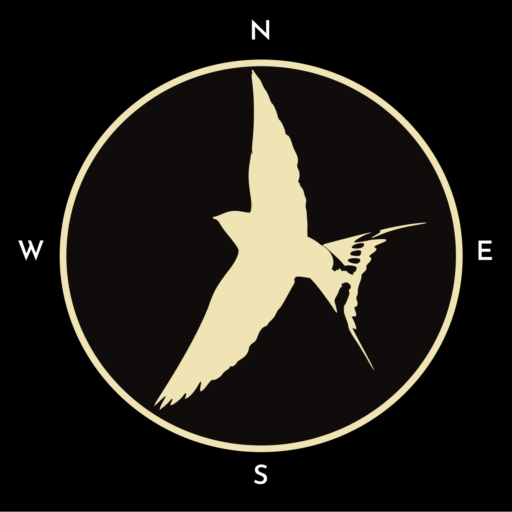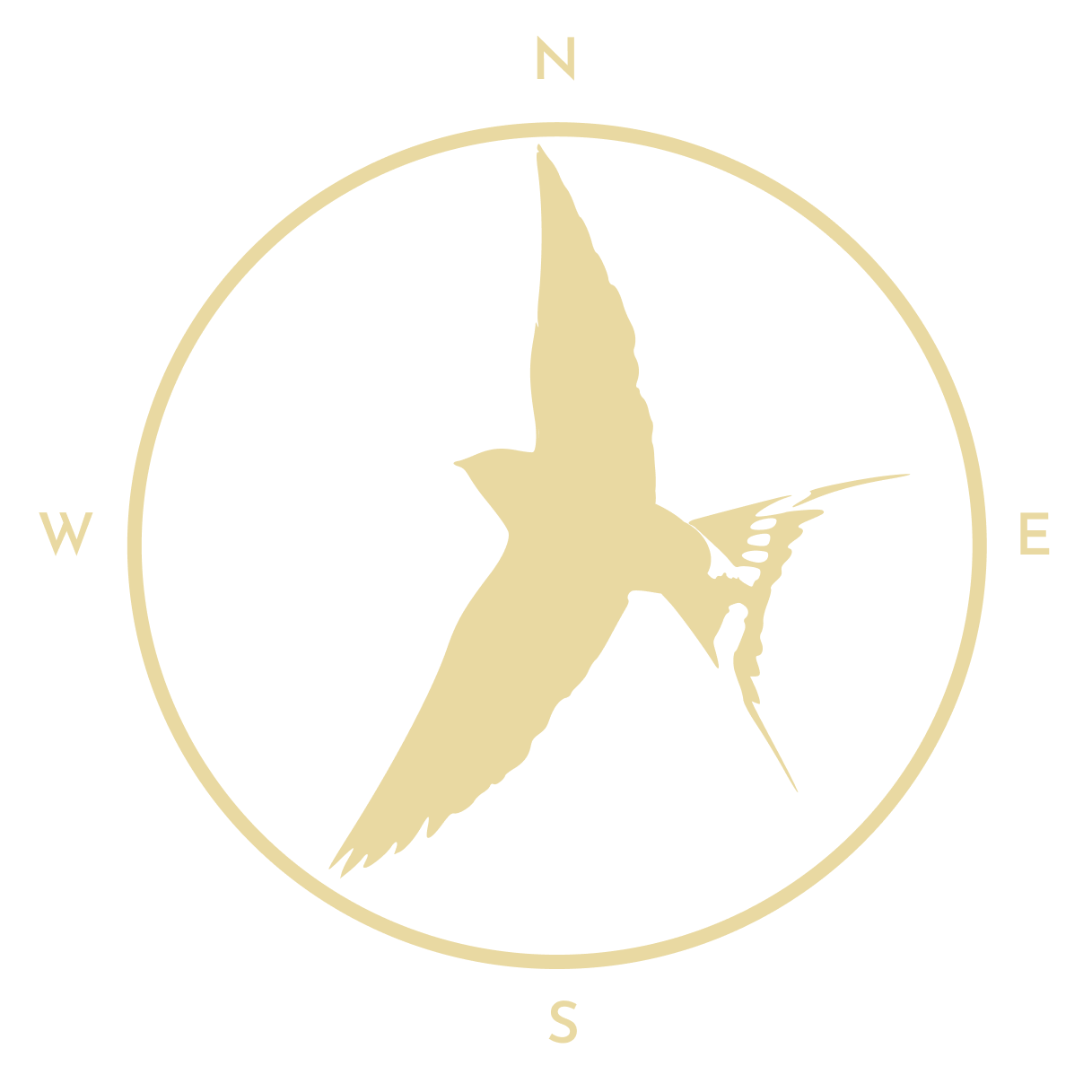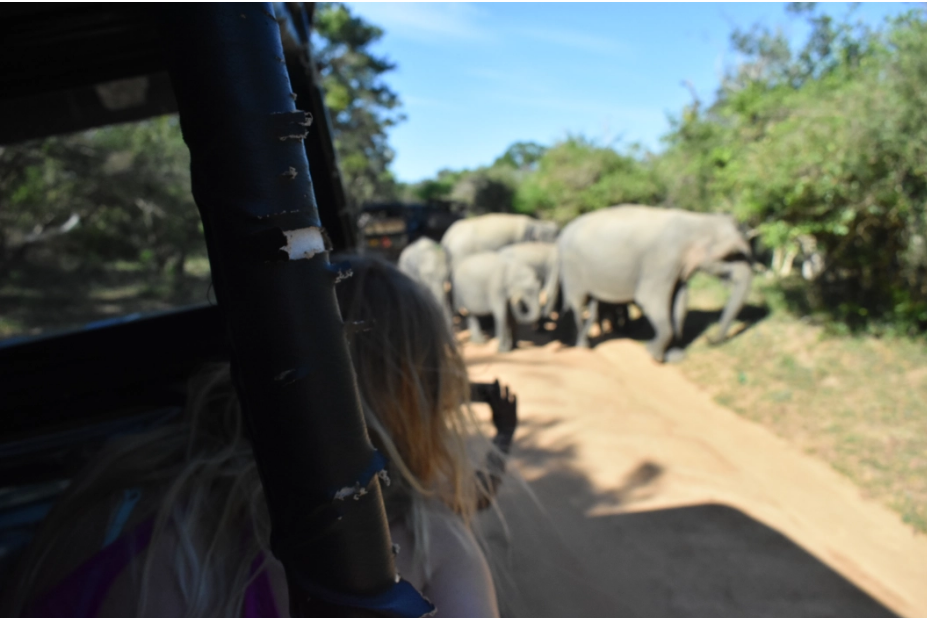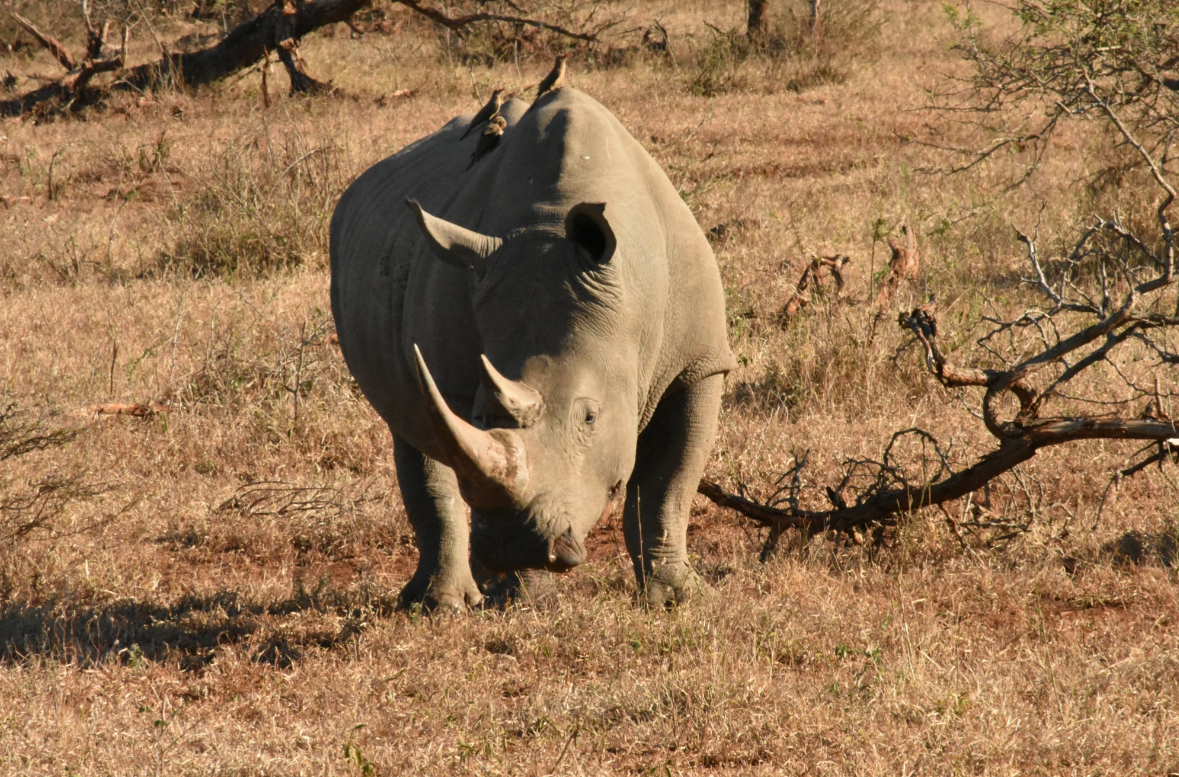Kruger part 1 – “That’s not a branch”
Pre-trip head-desking
Going on safari in Africa on a backpacker’s budget is a challenge, to say the least, and I was making things particularly difficult for myself. First, I could technically drive but had only passed my test a few days before leaving and my license had arrived long afterwards – logistically, I was limited to public transport. South Africa’s parks are very easy and cheap to visit otherwise thanks to paved roads that make a budget sedan all that is necessary, but without a car this becomes almost impossible – an overpriced tour becomes the only option. Tied in to this is the fact that in many places, the only accommodation that offers shuttles costs thousands of rand per night. After a long, hard shop around I finally managed to find one that had very good rates for an all-inclusive plus an abundance of wildlife, only to be knocked back by the shuttles, all of whom charged around £250 each way and were unwilling to pair me up with other travellers for some cost-splitting. Another one of travel’s “well, fudge” moments.
What saved me was firing my inner hipster and looking into mainstream options; Kruger National Park is known for good sightings of all Africa’s classics and then some and being not too far from one of Africa’s busiest airports (well, not too far by African standards). Backpackers on the Baz Bus route have always used Kruger for their safari fix, and a few enterprising individuals just outside the park have tapped into this market rather than entering the super-saturated high end. Before I came, I’d heard of a place called Marloth Park, an estate across the river from Kruger that has “tame game” wandering around the streets, things like kudu, giraffe and zebra. Not only is there a backpackers there, but it also has a shuttle that drops you off right at the door for a reasonable fee (as it is scheduled and shared). It was all so perfect, I booked exceptionally far ahead – and I was glad too, for it was full when I got there.
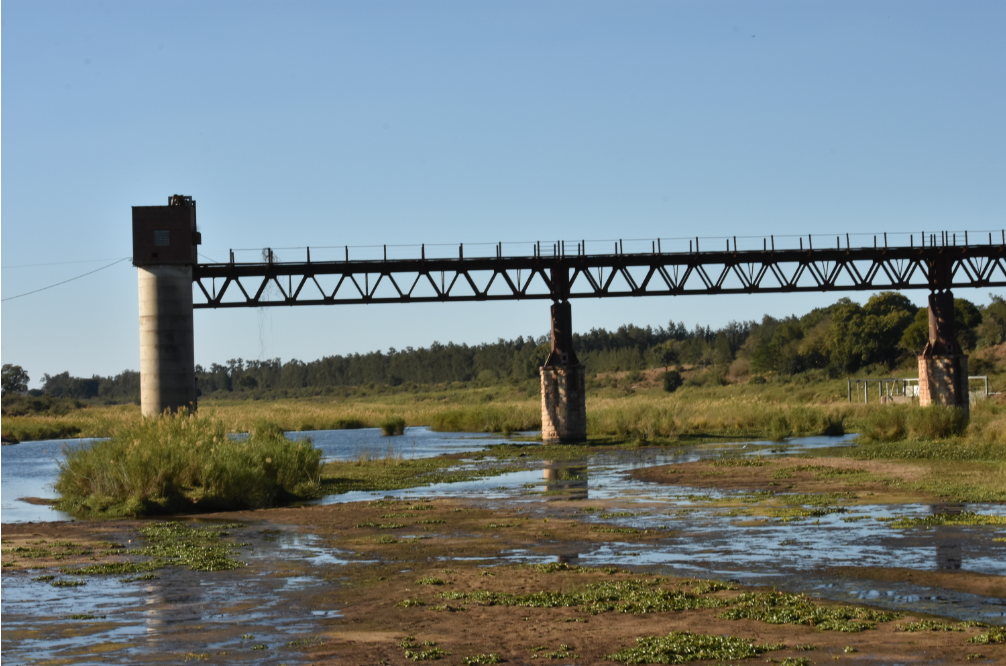

Strange bus fellows
The journey to Kruger from OR Tambo airport is made all the better by a crazy Afrikaner lady who spoils me and another guy, the sons she never had, with cakes and juices. It makes us a tiny bit less dismissive when she says that there is “some credibility” to astrology and is perplexed by the fact that neither of us are Christian – with me, wondering how I meet new people, with the other guy, how he still considers himself to be South African. Not in any mean way, but we all just look at each other wide-eyed and giggle when she’s not around. The landscapes start off flat, brown and industrial, like I’m driving through northern England all over again, but as we get into the mountains things start to get interesting – veld on one side, orange trees on another, and one gorge after another under the haze of the setting sun, and I’m slightly glad Praise the Lord behind me is asleep, since I can’t talk and look out the window at the same time without appearing rude.
A late arrival at the hostel proves no problem as arranging a safari is a case of a phone call and setting my alarm (they run every day). Also, the baking daytime temperatures keep the air lukewarm at night so showers aren’t the shivery affair of elsewhere in SA in July. The kitchen is well-equipped but I decide to keep things simple tonight; fish and chips from the oven and a bottle of Black Label, enjoyed on the roof terrace under a twinkling sky. I’ve convinced two of my dorm mates to come along with me so I don’t feel nearly as guilty about waking everyone as I would have done. Interestingly, they’ve come here and explored the park in their own car until now.
“The best thing about having nothing is the inevitability of a good start.”
We wake up with enough time to make ourselves some sweet tea, then hear a noise. I think it’s safe to say we’re relieved when a man with a torch, our guide Jan, appears at the entrance and leads us to the jeep, our ride for the day. We pick up a few others, a French and Chinese couple, and race off to the park’s gate. It’s a bone-chilling ride, even with my poncho and four layers on, and I envelop myself in a cotton cocoon. After a toilet break, things get warmer whether due to the rising sun or the 20km/ hour speed we drive at, and the first thing we see is open savannah. This is actually a rare habitat in Kruger; bush and woodland is far more standard, and this patch was created by elephants with destructive tendencies. It’s the only place we find blue wildebeest, an animal known for being otherwise common like locusts and killing Mufasa, and one of the few times we stop for impala, Kruger’s most abundant animal. There are 800,000 in the park thanks to being tricky for lions to catch, providing little meat if caught and the fact that lions keep leopard and cheetah numbers down, predators that target the antelopes more often. I salute whoever was psychologically capable of counting them, for we see them at every twist and turn. We stop for a few minutes if they’re fighting or leaping high into the air, but for much longer if they’re dead.
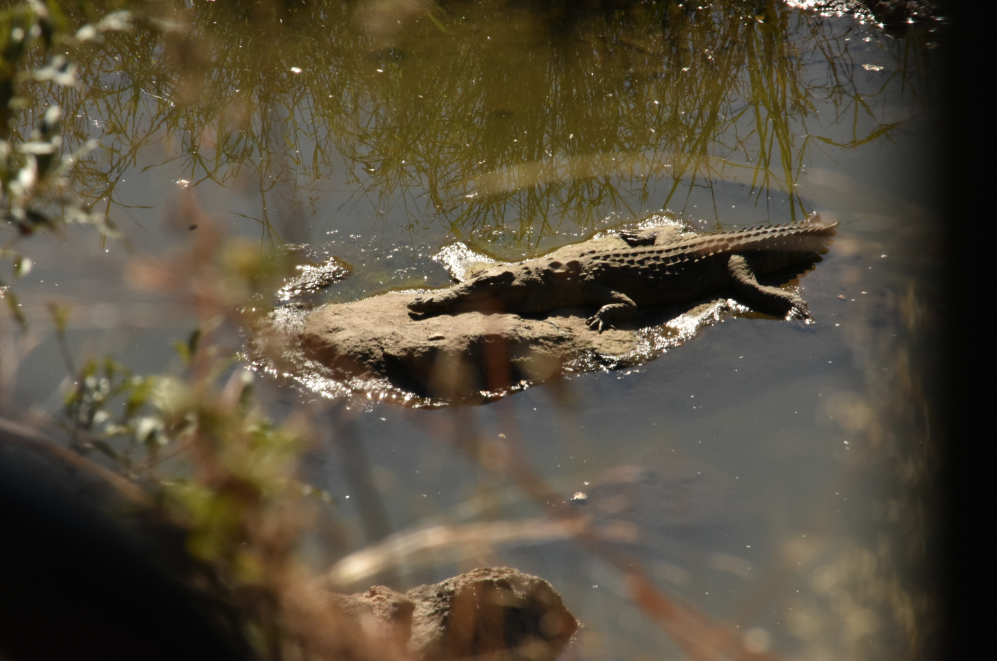

After impala, both on the order of animals seen and the order of most often seen, are giraffes. We go on to find babies, groups of bachelor brothers and a beautiful dark drown giraffe, but nothing beats this first sighting of a pair of necks silhouetted by the sunrise, possibly the most African sight one can imagine. Not far away are the first of the big five, a pair of elephants, and a cluster of zebras. Jan shares some interesting facts about the animals we see, including that zebras’ stripes, when they move together, create a sort of optical illusion which confuses predators and make them hard to single out. The British also used this in WWI by painting their ships in black and white stripes to confuse enemies launching missiles.
My biggest wildlife miss
We stop for a moment, as Jan and another guide exchange information, and I see some blades of grass moving. Very strange, I think, and I ask if we can check this out. The naysayers in the vehicle say it’s the wind, but if that were true the rest of the grass would be moving. The other guide says it’s likely a warthog, and after a while I feel inclined to agree with him so we move on. We later meet him again to find out it was a honey badger, an animal which is typically nocturnal and difficult to spot. I try my luck, asking if there’s any chance it could still be there. No, replies Jan, it was seen disappearing into the bush – some people on that vehicle didn’t see it.
I’m still having a hard time letting this one go.
A latte with a view
We stop for breakfast at Lower Sabie, a camp with a huge HQ whose dining terrace overlooks a marshy section of the river. A group of hippos grazes next to a pair of buffalo, and egrets and jacanas dart between their legs. I can tell that we’ve reached a gathering point and look around – sure enough, a bushbuck slinks through the reeds and a troop of baboons patrol the electrified fence. Thankfully, there are no dead wires today. The birdlife is prolific, with geese peacefully nibbling away and kingfishers and darters watching the water like South Africa during Wimbledon this year – unlucky by the way guys. The most beautiful thing is the Cape glossy starlings who hop about the tables fearlessly in search of muffin crumbs. Rather graciously, the staff allow you to watch this without buying anything provided you stand, but they’ve left plenty of free space – once you take a seat, though, they’ll be there in a flash taking your order.
Our next stop would also make a great spot for a camp, but it’s only two minutes down the road so it’s understandable that they’ve not done much to it. A waterhole the size of a football pitch spans before us, and the first thing that draws everyone’s attention is the heads of hippos peeping above the surface, sometimes turning into a yawn and showing why these are the most dangerous animals in Africa. A large group of crocodiles lines one side, and it’s not long before an impala starts taking a drink next to them. Crocodiles are passive or aggressive depending on the circumstances; out of water, impala are much more nimble and have no reason to fear them – it is when they’re swimming that things become dangerous. Their coexistence with the hippos is more a constantly re-activated truce since they occasionally take their calves, and the jury is out on how comfortable the storks are with being around them.
Over the course of the safari I spot numerous birds but Jan hardly stops for any, since most are too small to be interesting. There are exceptions such as a group of vultures or a fish eagle, but generally I have to get around this and do so by either quickly taking an ID shot or looking at them while we’re stopped for something else. At this waterhole, everyone’s watching the hippos doing – nothing in particular, while I’m admiring the storks and spoonbills lining the banks. Or, a shiny blue kingfisher beside a prowling monitor lizard. Or a multi-coloured lilac-breasted roller that lands in front of the jeep. That lion’s been stalking the zebra for an age now, and everyone will start gasping if something happens.
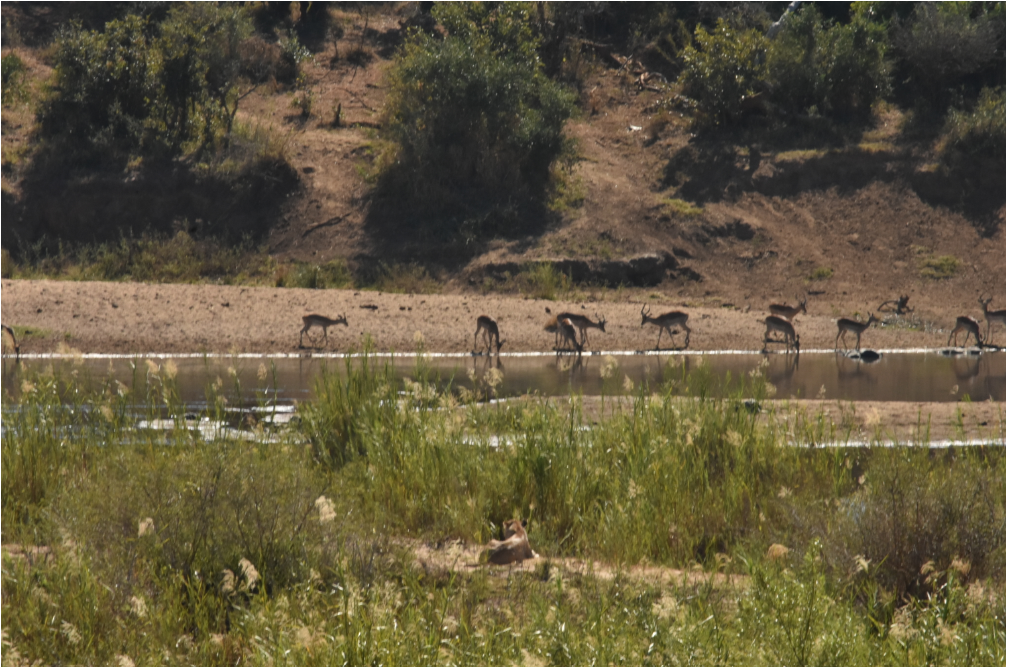

The impala everyone rushed towards
It’s a single lioness, crouched on her stomach in plain view to us but hidden from a group of impala and zebra on the other side of some reeds. She has every right to take her time; the impala are on edge as ever, and she has helpers hidden away elsewhere. We’re watching with impatience; could we get a hunt on our first day? And then, a couple of buffalo, the killjoys, appear and chase her off. It doesn’t take long to shake them off, but by then her presence is very much known. She wanders over to a shady patch and falls asleep. I can tell that everyone’s initial euphoria of IT’S A LION has worn off, and the Chinese man quickly confirms this with a very direct “right, let’s move on”.
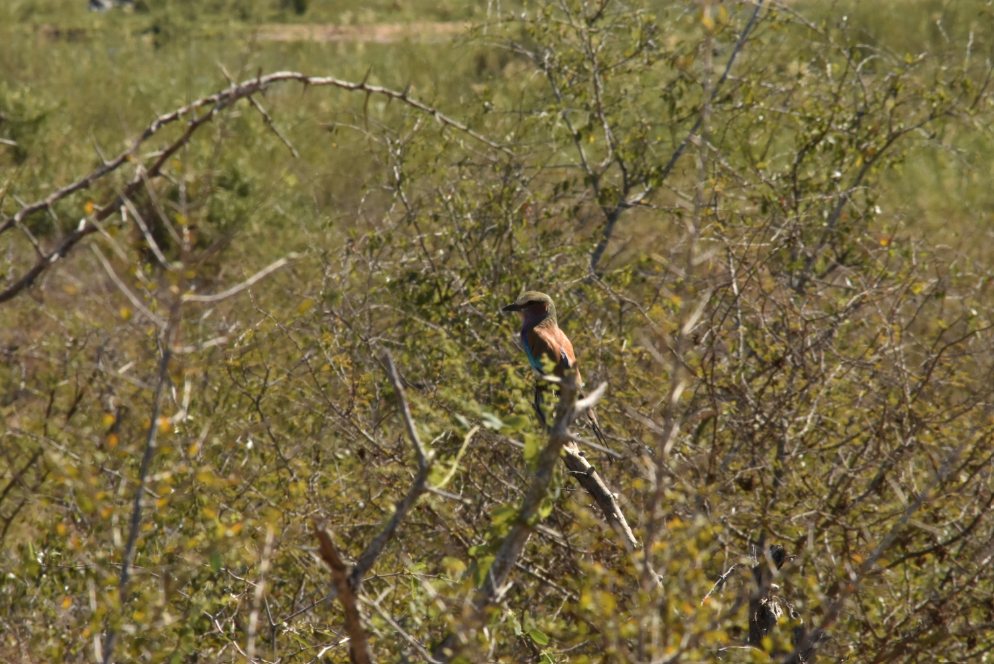

Spotting leopards
Up the road, Jan receives a message from the guides’ Whatsapp group. A dead impala has been found in a tree, a telltale sign of leopard. Leopards are incredibly elusive; the owner of the backpackers said afterwards that we’d passed by about twenty today since they’re extremely good at hiding. I have to say, having seen them in Sri Lanka the year before, the intensity is a bit less for me, but a post-safari meal with your fellow safari-goers always feels better when everyone is happy, and leopards are the thing that rob so many tourists of ticking off all the big five.
We get to a tree and, lo and behold, a munched corpse hangs from a low branch. Strange, given that a leopard drags kills into trees to keep them away from lions or hyena. If the leopard is here, it’s far too well hidden for us, so we move on. Another group of cars appears and we take a look around. There’s another impala carcass here, a lot more obscure and needing some pointing out but there nonetheless. Something spotty is dangling beside it.
Now, I’m very open to the possibility that this is just a funny-looking branch. This is Africa, home to a tree that looks upside down and another that looks like it was dipped in gold paint. So open, in fact, that at one point I state that I’m just imagining things – but no, the guy from my dorm backs me up. That’s not normal. I could have sworn I saw it twitching. The jeep moves back and forth, as a result of me being unsure as to where the best view is – it’s partially obscured by a bush. And then, the branch is lifted and disappears behind the thick tree trunk. Out the other side pops a feline head, and as if it were saying “OK, you found me”, it emerges into the sunlight, prowling down the trunk in full view.


I don’t care if it’s already on my life list, and my dramatic side unleashes itself. Thank goodness nobody was videoing that moment or I’d never hear the end of it. It stares at the vehicles before it, just another day at the office, then slumps back to sleep. The euphoria lasts a lot longer this time, and ten whole minutes are spent watching a sleeping leopard. A hyena then crosses the road and into the bushes, no doubt attracted by the smell of a kill. Out of reach, the leopard gives a monkey’s about Ed about as much as the herd of camera-clicking tourists below.
To be continued, as they say.

